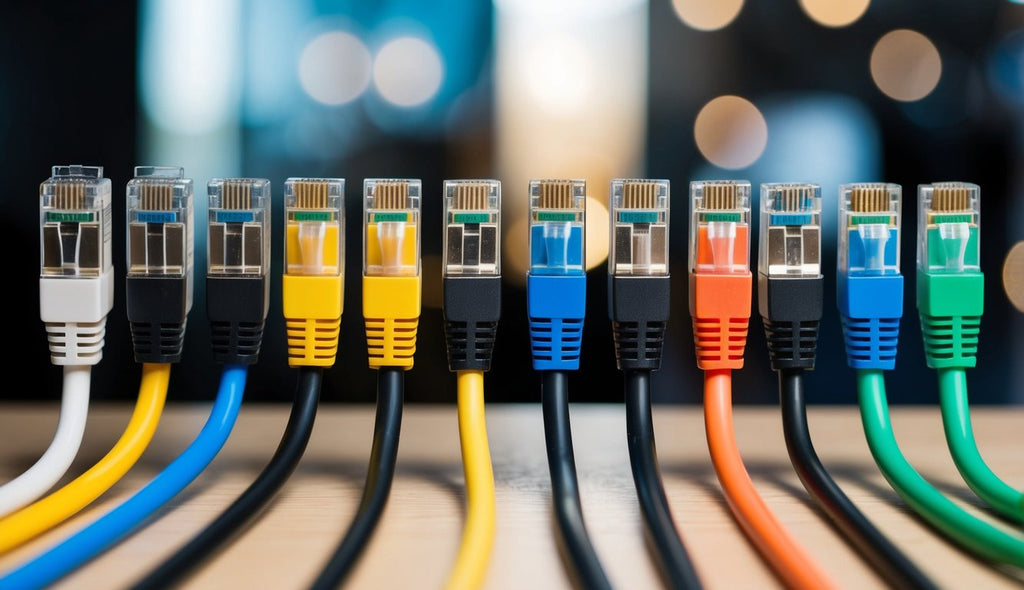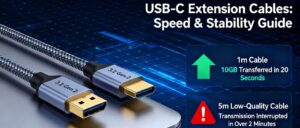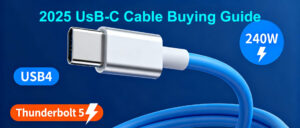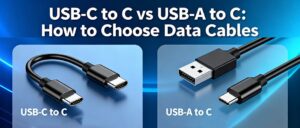Cat6 Cable: Shielding Essentials for High-EMI Environments
Introduction
In high-interference environments, network performance hinges on minimizing crosstalk and electromagnetic interference (EMI). Cat6 cables, a backbone of modern Ethernet networks, are available in two primary variants: unshielded (UTP) and shielded (STP). This article explores the structural and functional differences between UTP and STP Cat6 cables, focusing on their efficacy in mitigating interference for optimized data transmission.
UTP vs. STP: Structural Differences
How Shielding Mitigates Interference
Performance in Real-World Scenarios
Choosing Between UTP and STP
Conclusion
Shielding in Cat6 cables is not a luxury but a necessity in high-interference environments. While UTP offers cost savings for basic setups, STP’s robust design ensures reliable performance where EMI threatens data integrity. By aligning cable choice with environmental demands, networks achieve resilience, speed, and scalability.







